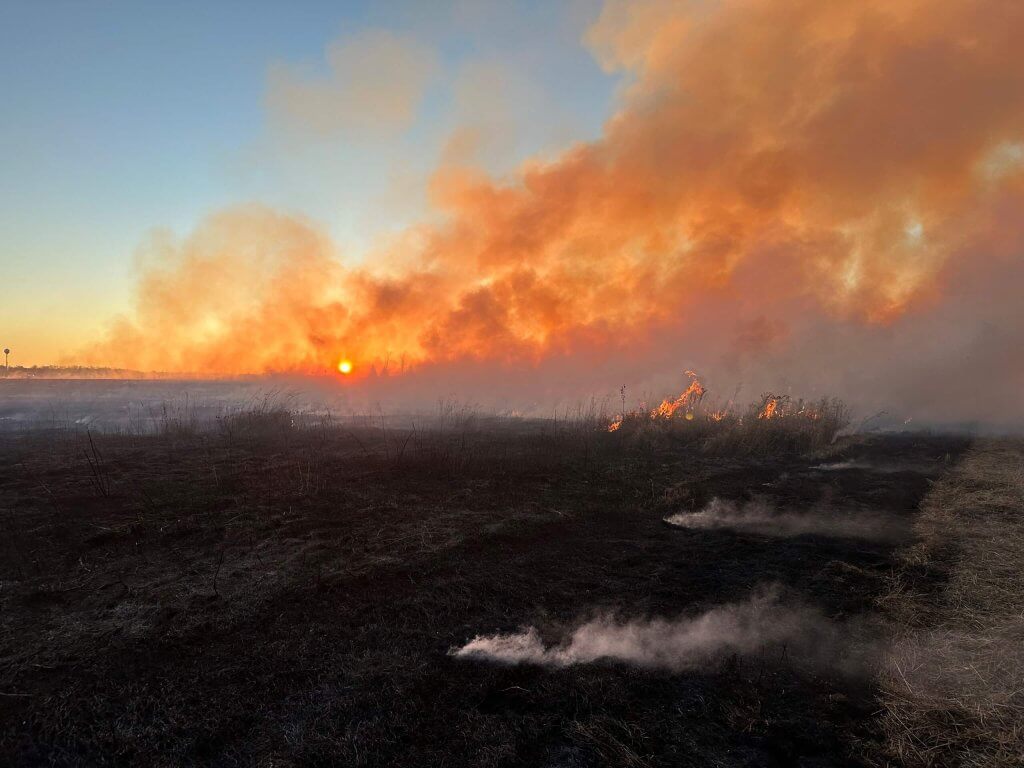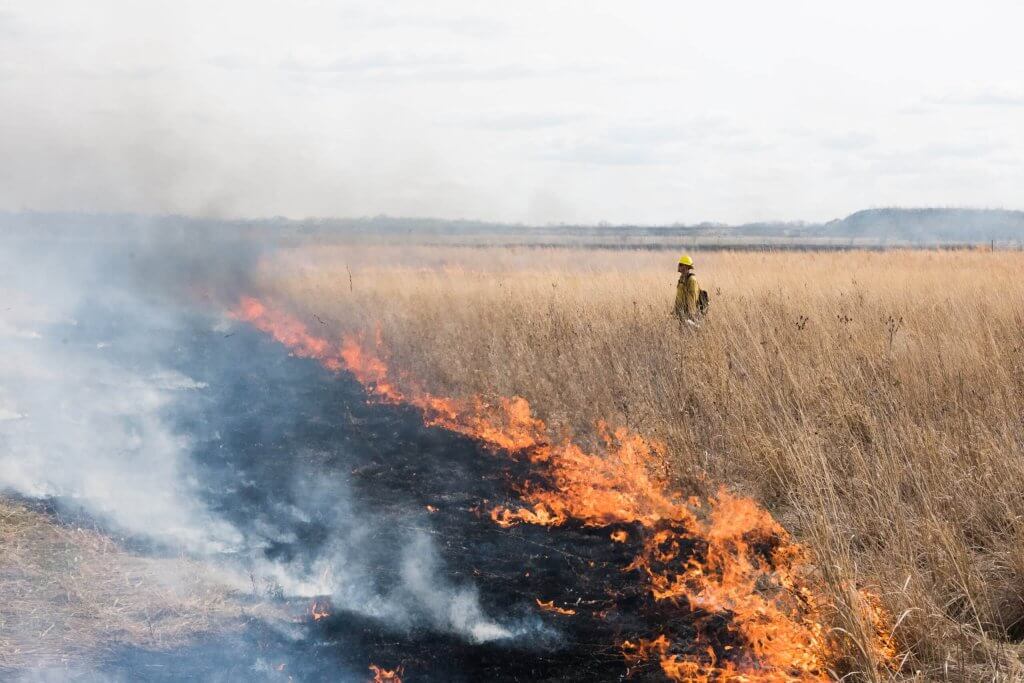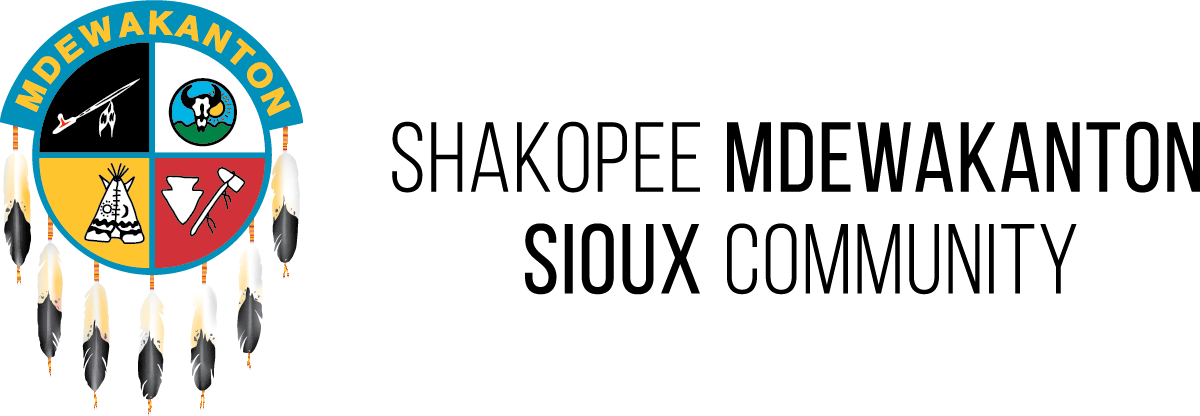The Role of Prescribed Fire in SMSC Natural Areas
Prescribed fire has been used in the SMSC’s natural areas since 2001. Prescribed fire is an intentionally lit fire used to replicate a beneficial natural disturbance. Péta (fire) helps native plants in prairies, oak savannas, and wetlands stay healthy and vigorous. Fire is also an excellent tool to reduce weeds and other invasive woody species that outcompete native plants for resources.
All prescribed burns are designed to meet ecological and cultural objectives and are entirely dependent upon weather conditions, such as relative humidity, temperature, and wind speed and direction.
During prescribed burns, trained burn crew members monitor weather conditions to protect air quality and road visibility to minimize potential impacts to neighboring communities.


Honoring Traditional Fire Practices
Prior to colonization, Indigenous people across the United States used fire for many reasons, but the most common uses were to stimulate plant growth, to make travel easier, to persuade game species to new areas for hunting, and to clear out land for agriculture and campsites.
This traditional practice was formally criminalized by the United States government in the early 1900s, as settlers did not understand why Dakota people were using fire and viewed these burns only as destructive instead of beneficial.
The Natural Resources Department staff, along with Mdewakanton Public Safety firefighters, coordinate with neighboring entities, the Bureau of Indian Affairs, and other state and federal agencies to lead and assist with prescribed burns within the region.
If interested in more information about prescribed fire or cultural burning, contact our Natural Resources Department at naturalresources@shakopeedakota.org
